Simple.
Seamless.
Accessibility.
We make accessibility simple, seamless, and efficient for organizations—ensuring equitable access to digital, document, and printed information for people with disabilities.

Guiding State & Local Governments Through the 2024 DOJ Accessibility Regulations
May 8, 2024 – 1:00 PM EST
Join us for a highly informative webinar where attendees will delve into the intricacies of the DOJ’s announcement, including compliance timelines, criteria, and actionable insights. Discover how Allyant’s specialized program can empower your organization to meet and exceed accessibility standards, ensuring equitable access to essential services for all citizens.
Register TodayStay Up-to-Date.
Latest News.
Whether you’re looking for industry insights, tips, tricks and more—our news section is your source for accessibility information.
-

Do I Need to Make My Website Material Available in Braille?
Individuals who are unable to see or have difficulty with their vision often use braille (a system of raised dots that represent words)…
Read More -

My Experience Using Assistive Technology as an Indie Game Developer
I’ve been an avid gamer since I was about three years old, playing Super Mario, Zelda, and Duck Hunt on my Dad’s original Nintendo. I’d…
Read More -

Allyant Launches a Government-Specific Program to Support the DOJ’s New Rule Requiring State and Local Governments to Improve Accessibility for Web, Mobile, and Electronic Documents.
New York, April 9, 2024—Today, Allyant, a global leader in accessibility solutions, unveiled a specialized program tailored for government entities. This initiative aims to aid…
Read More
